As children, we all liked to believe in the tiny, winged mythical creatures known as fairies. Fairies are described as legendary mythical beings that originated in European folklore. They are also described as a form of spirit, or as being supernatural, preternatural, or metaphysical. Most of dismiss fairies as something made up, but yet fun to think about. This could explain the increasing popularity of fairy gardens.
A fairy garden is a miniature garden where plants and flowers are scaled down in size as to be proportionate to the size of a fairy environment. Back in the 1920’s, two cousins actually pulled off an elaborate hoax that even had the skeptics believing in the existence of fairies for a time. Here we take a look at the history of the Cottingley Fairies, one of the most famous fairy gardens.
Fairy Gardens: A Guide to Growing an Enchanted Miniature World
Story of the Cottingley Fairies
The hoax begins with two young cousins named Elsie Wright and Frances Griffiths. The girls tended to play at a nearby stream known as Cottingley beck, much to the dismay of their mothers. Nine year old Frances and her mother were staying with her aunt and sixteen year old cousin Elsie. After arriving one day with soaked shoes and stockings, nine year old Frances made up an excuse when asked by her mother why she continually returned to the stream to play. Frances told her mother they went there to see the fairies. Older cousin Elsie backed up the story, and thus began an elaborate hoax that fooled even experts of the time and lasted for almost seventy years.
The girls borrowed a camera from Elsie’s father and took pictures of each other playing with these tiny mythical creatures. Upon developing the photographs, Mr. Wright was more than a bit shocked to see images of his daughter and his niece playing with fairies, and even a gnome. Wright had his suspicions about the photos, dismissing them as paper cut outs and realizing his daughter had a talent for drawing images such as fairies. Mr. Wright no longer allowed the girls to use his camera. This likely would have been the end of the whole matter, except that the mothers then intervened.
Elsie’s mother had an interest in the supernatural and took special interest in the photos. After attending a lecture on spiritualism, Mrs. Wright spoke to the speaker about the photos, and the speaker then presented them to a leader of the Theosophical movement, Edward Gardner. Gardner then asked a photographer named Harold Snelling to examine the photographs. Snelling concluded that in his opinion, the photographs had not been doctored or faked. Thus began the spread of the photos throughout the British spiritualist community, where they even aroused the interest of author Sir Arthur Conan Doyle of Sherlock Holmes fame, who wholeheartedly believed in them.
Much interest and speculation remained about these handful of photos, until they were permanently debunked in 1981, when Elsie Wright made a confession that the fairies were nothing more than sketches she’d done based off drawings of fairies in a book called Princess Mary’s Gift Book. She then said she had made paper cutouts from her sketches and held them in place for the photographs using hatpins.
Tonkadale Fairy Gardens
While it may be disappointing to some to discover the Cottingley fairies were not real, perhaps we all like to keep the magic alive in a small way by creating a fairy garden. Tonkadale Greenhouse offers lovely examples of fairy gardens and explains the common belief held by Celtics that fairies were driven away from the human world, but many remain behind. Fairies wear clothing made of flowers, are quite shy, and perhaps a bit mischievous. They enjoy playing harmless tricks in the garden, and will make homes in such places as trees, fallen logs,and moss covered hillsides, however, they would most appreciative if a home and garden were provided for them.
Building Your Fairy Garden
A fairy garden is a delight to the young, old, and every age in between. You can choose to build your fairy garden indoors or outdoors, and it is basically a miniature landscape that uses small scale plants and accessories. First, choose a container or select a garden space to designate to the fairy garden. Make sure to have drainage holes if using a container, and layer it by using a first layer of pebbles, then a layer of charcoal to maintain soil freshness, then add the potting soil. Cover soil with substrate such as moss, bark, or pebbles.
Next, choose a theme for your fairy garden, such as English cottage, for example. Then begin plant selection. Tiny ferns make excellent “trees”, goldfish plants make great “shrubs”, and flowers such as miniature violets and miniature roses add proportionate flowers and color to the landscape. Tonkadale offers miniature plants, and you can also find a wide variety of pint sized plants on Amazon that are suitable for fairy gardens.
Mossfairy Miniature Ornament Hedgehog & Mushroom Set Woodland Fairy Garden Resin Furniture Set
Woodland Fairy Garden Resin Furniture Set Giftcraft Miniature Fairy Garden
Giftcraft Miniature Fairy Garden Mini Dragon Playing with Ladybug
Mini Dragon Playing with Ladybug Mediterranean Style DIY kit
Mediterranean Style DIY kit
&
Accessorize
Keep in mind, natural materials work best in a fairy garden. Accessorize by adding a house, stepping stones, walkway, bridge, and small scale furniture, etc. It can be as simple or complex as your imagination and budget allows. Keeping it small and to scale is the key factor to truly making it look like a tiny world where fairies might really just exist.
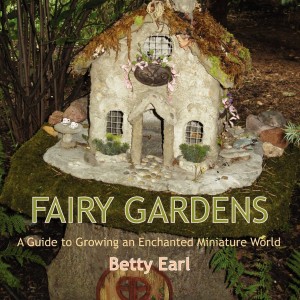
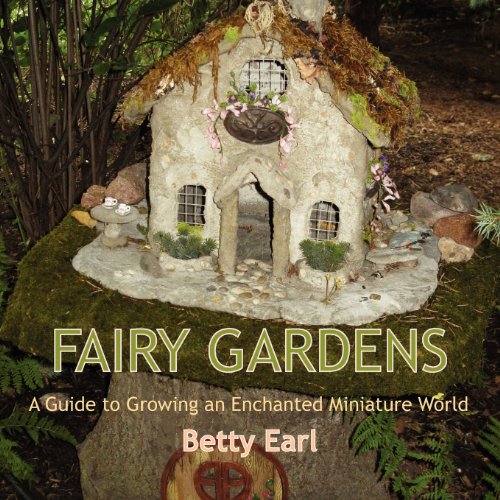
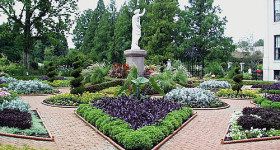
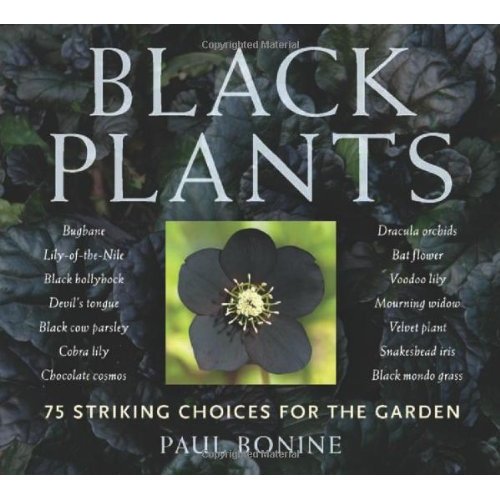
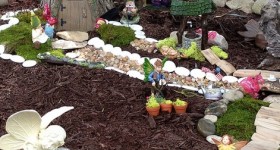
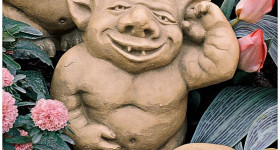
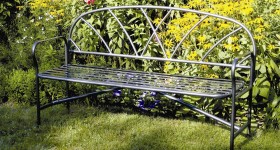

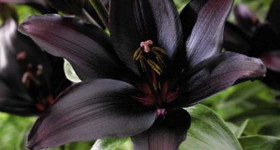

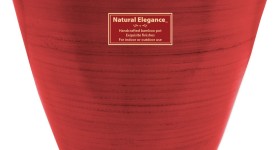
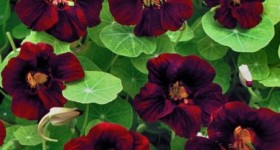
Speak Your Mind